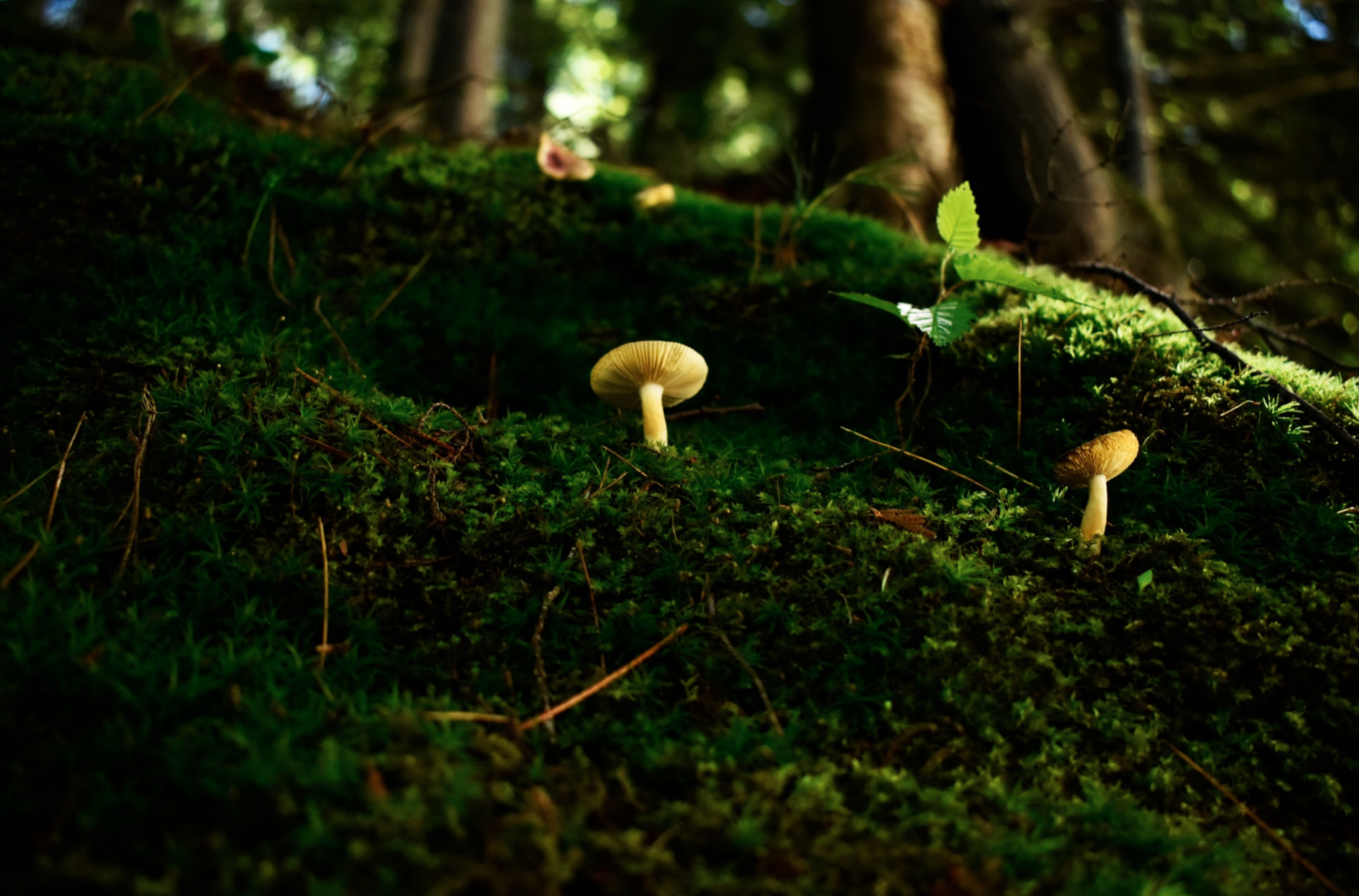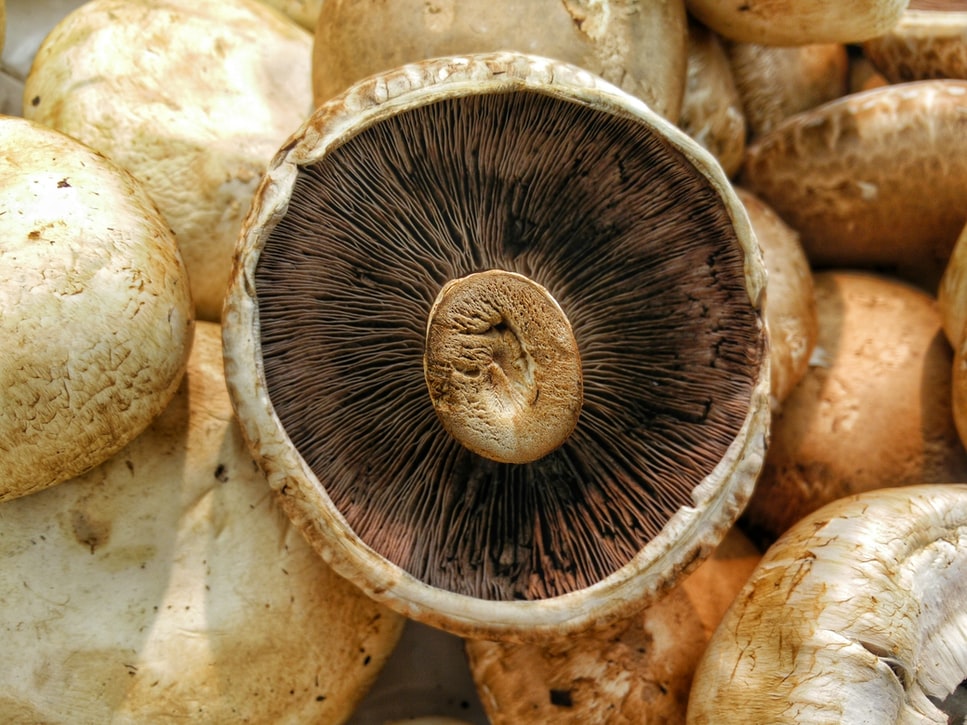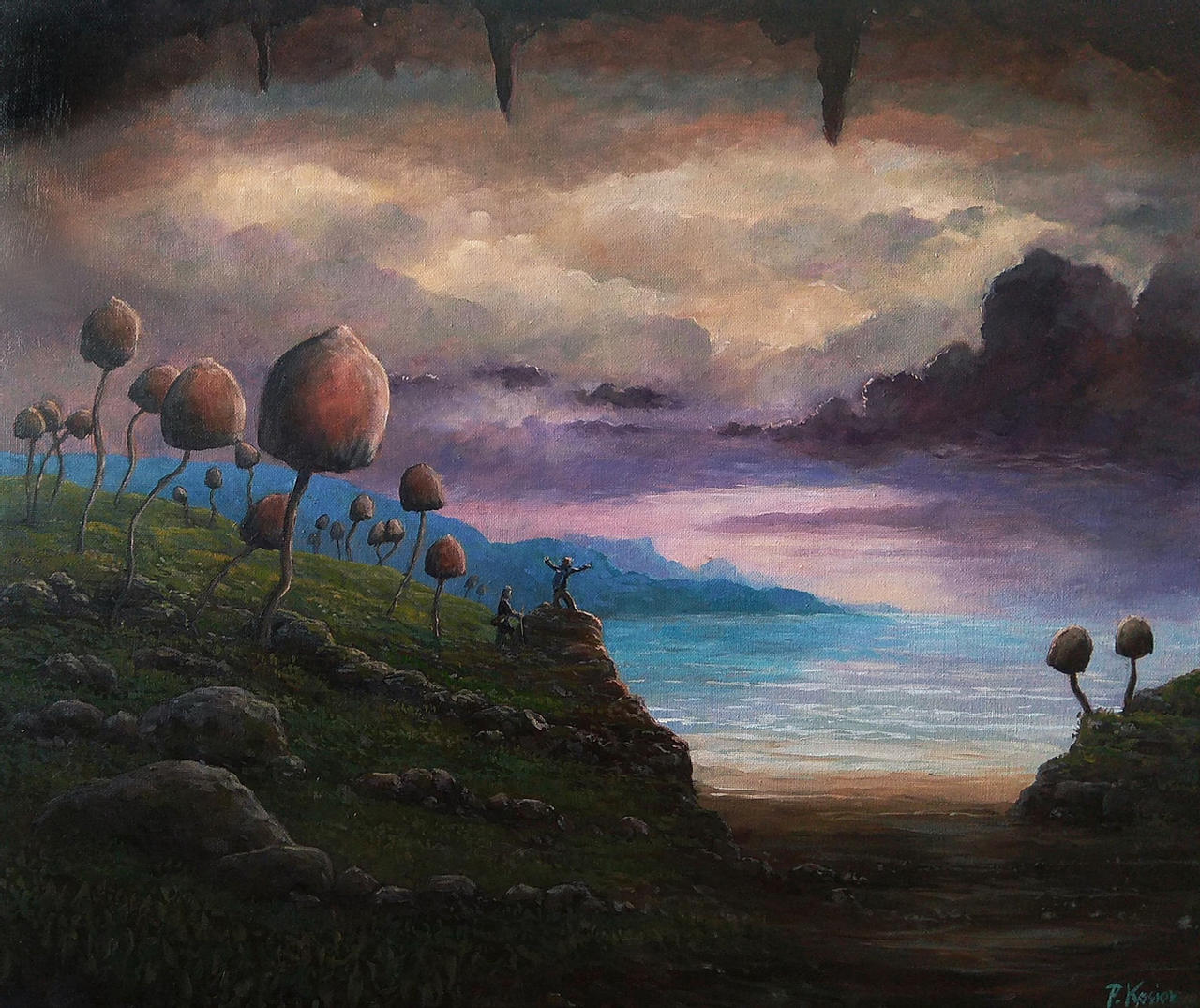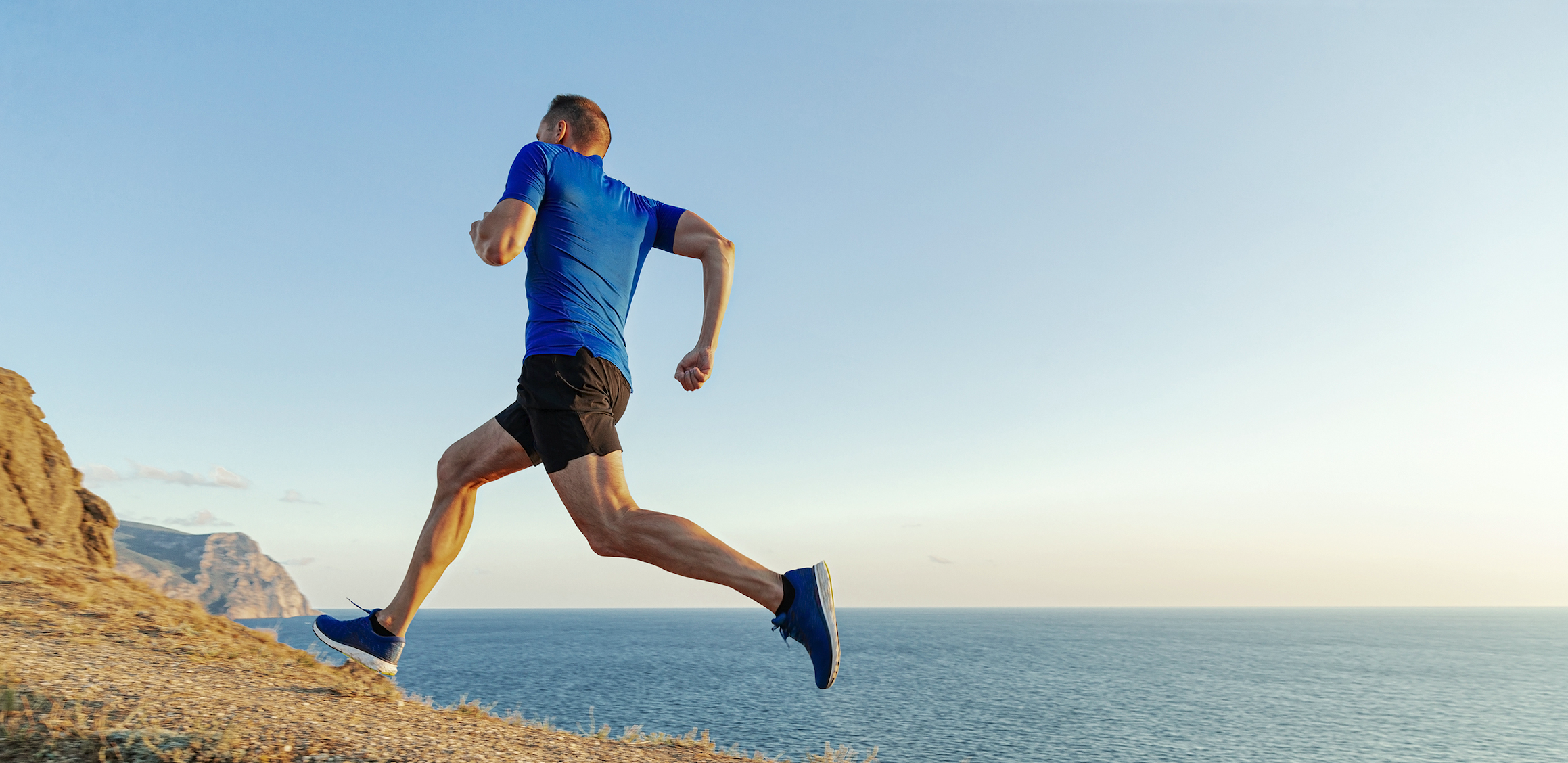Generations of psychonauts have discovered the life-changing revelations that magic mushrooms can provide, but in 2020, a new generation is using mushrooms to work better and manage anxiety, depression, and other problems.
America has discovered mushrooms and microdosing. It is rapidly becoming the go-to choice in popularity among people who want to change their creative and work lives.
People who microdose are not taking mushrooms recreationally or to embark on a psychedelic trip. Instead, they take mushrooms in smaller doses as a tool to prepare for meetings, write better code, produce better work, and feel better every day.
The BBC recently interviewed some of these microdosing people, including “Simpa,” a young man using microdosing in his struggle with the effects of trauma in his life.
“I find in my personal experience that microdosing provides me the benefits without any of those drawbacks of pharmaceuticals … these substances can be reused again in the psychiatric toolkit to help better people.”
Microdosing for Productivity
In Silicon Valley, software developers and top managers are finding that small amounts of magic mushrooms can make them better workers.
Microdosing can increase focus, stimulate creativity, and inspire charisma. Mushrooms are known for their neural-like mycelia connections. It’s no wonder that they help trigger greater empathy and receptiveness.
But it’s not just wealthy programmers in California who are rediscovering microdosing. Artists and designers of all kinds are using microdosing to get in touch with their creativity.
Magic mushrooms can help people gain new perspectives on creative problems and overcome roadblocks. Microdosing is a healthy alternative to full recreational doses, which were often taken by creatives working in the 1960s and 1970s.
In fact, you can find playlists on Spotify for easing your microdose experience throughout the workday.
EMBED SPOTIFY PLAYLIST
Microdosing For A Shift in Consciousness
Microdosing is not just a tool for productivity or creativity. It can be a great way to treat depression, anxiety, chronic pain, and other conditions without the use of pharmaceuticals.
In that Viceland documentary, University of Toronto psychology professor Dr. John Vervaeke explains how microdosing can change your brain.
“What you can do with psychedelics is you can expand the number of states that the brain can get into, and then this can introduce what’s called ‘cognitive flexibility’ into people’s cognition.”
Microdosing promotes cognitive flexibility, which can help you tackle emotional problems and intorduce new concepts in your daily life.
Small amounts of magic mushrooms can help people feel more connected to themselves, to others, and to nature.
Psilocybin is particularly recognized for its ability to induce “ego death” and help people get outside the hang-ups and negativities of their own minds.
Studies are hard to come by since psychedelic mushrooms are illegal in most places, but the Netherlands has emerged as a source of reputable research.
Dutch researchers have found that “microdosing could make us more creative, and perhaps even be therapeutic for people who suffer from some conditions that involve rigid thinking, such as obsessive-compulsive disorder.”
Check the laws in your locality and consider microdosing as a way to experience greater creativity, productivity, and connectivity. You won’t lose your mind — you might just fill it with new perspectives.
Microdosing Protocols
Different people suggest different protocols, or schedules for microdosing regularly.
Psychologist James Fadiman led a microdosing trial that included 1,500 participants who recorded their experiences. He’s also the author of The Psychedelic Explorer’s Guide: Safe, Therapeutic, and Sacred Journeys, a handbook used by many psychonauts over the years.
Fadiman’s advice for dosage and scheduling can help you set a good protocol:
“Most people start at 1/20 to 1/10 of a recreational dose of whatever substance they are trying and adjust based on their experience. If you are experiencing visual effects, you have taken too much. This is 5–10 micrograms of LSD, slightly more (7–12 mcg) of 1p-LSD. This is 0.1–0.4 grams of psilocybin mushrooms. Most participants dose every three days.”
The preparation of your dose is also very important. More than 121,000 readers subscribe to the Microdosing subreddit, a forum for discussing the art and science of this psychedelic practice.
The site has volumes of information about the proper ways to prepare and consume your microdose.
“Sensitivity to psychedelics may vary, so adjusting the dose based on your personal experience and daily activities is recommended,” explains one writer on the subreddit. “Starting with the lowest dose and working your way up until you find a range that benefits you most can be a good idea.”
You can use this handy guide to plan your dosages and regimen for a microdosing experiment. You can always ask this supportive community your specific questions.
Microdosing With Other Substances
But microdosing isn’t just about magic mushrooms!
As more states legalize cannabis, people around the world have started to experiment with microdoses of THC, marijuana’s powerful psychoactive ingredient.
Over at The Third Wave, an influential website sharing trusted, research-based content about all kinds of experiences.
They have content about trying other kinds of microdosing in your daily life.
● Microdosing Psilocybin Mushrooms
We need to end this article by sharing Third Wave’s disclaimer:
“We can’t offer medical advice and we don’t encourage illegal activities. Our community places trust in us — and we view that responsibility with reverence. Please speak to a health care provider if you have any medical concerns and always exercise caution and care.”









